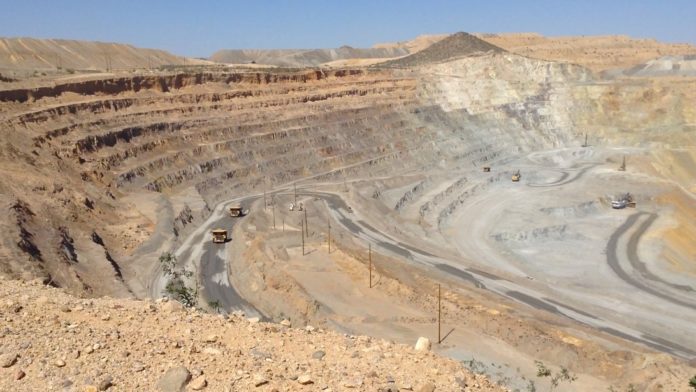When mining for metal, it isn’t always straightforward to tell which pieces of ore we dig out of the ground will be high value and which should go straight to the waste pile.
Minesense Technologies is a BC-based cleantech company that makes sensors to help sort through the ore for higher-value material in real time. That not only saves on processing costs, but it also cuts down significantly on environmental impact.
“Traditionally, mines determined what rock to send to the mill for extraction and what rock to send to the waste pile by taking samples at varying intervals to develop block models,” explained CFO Lisa Payne to Canadian Mining Magazine.
“The models are used to create a mine map that identifies ore and waste. Using the assumption that ore in rock is homogeneous, they follow this map and send a given block to the mill or waste pile accordingly. In error, a substantial amount of higher concentration ore is sent to the waste pile,” she added.
Conversely, a lot of waste rock ends up at the mill, meaning that an enormous amount of energy and water is used to process junk material. Approximately 60% of a mine’s energy budget goes into crushing and grinding rock that may not even have any value.
Only after this lengthy, costly, and resource-intensive process would the true value of the yield be confirmed.
The solution: early detection of value via sensors
Minesense plugs the gap by helping operations to accurately screen the value of ore early on in the extraction process. Bucket by bucket, operators can see the value of the material via their sensors which can be installed on excavation tools and conveyor belts.
The sensors are made up of a polyurethane block with an embedded aerial which is excited with frequencies. This allows mine operators to instantaneously assess the concentration of metals in a given stream passing the sensor.
The Shovelsense and Beltsense sensors can be used separately or in conjunction with one another to maximize the yield’s concentration of valuable materials. In this scenario, an initial cut is taken during haulage and a second later on at the belt.
Data analytics plays a key role in this process: “Using predictive analytics on raw data collected by our sensors, in combination with other data compiled from materials surrounding the substance being mined, our algorithms detect patterns and generate unique insights that were never attainable before,” adds Payne.
The environment, businesses, and consumers all benefit
The technology empowers mine operators to make real-time decisions early on so the valuable material is routed to the mill and the remainder to the waste pile. The earlier a good decision is made, the more benefits there are downstream from production all the way to the sales counter.
Moreover, by improving the separation of ore and waste, companies inherently end up with lower emissions and less water and energy use. One UBC study found that ore sorting reduced water consumption in major mining operations by 18%.
Minesense is one of 12 Canadian companies listed in the 2020 Global Cleantech 100 list and were selected by Export Development Canada for their 2019 Cleantech Export One to Watch list.
For the mining industry, technology like this is essential given the challenges it now faces. The depletion of high-quality metal resources and increasing political barriers to the development of mines owing to environmental concerns are major issues for mining groups.
“This technology has a transformative impact on the mine’s bottom line by increasing its revenue and decreasing its costs per unit of metal recovered,” said Payne.








































